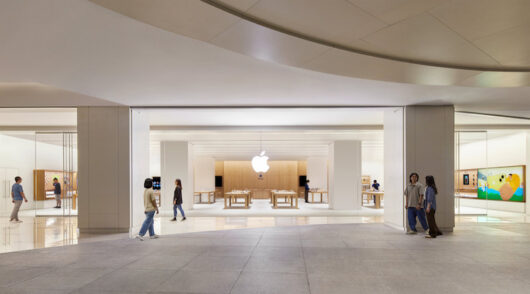The fast moving consumer goods (FMCG) market in China has been vulnerable to weaker macro economy with growth slowing in the quarter to March.
According to consumer research company Kantar Worldpanel, FMCG market in China grew only 8.4 per cent. The figure is considerably lower than the 14.7 per cent growth reported in the first quarter of 2012, indicating consumption growth is slowing down.
The slowdown was observed across all regions and city tiers, particularly in the key cities (Beijing, Shanghai, Guangzhou, Chengdu) where growth was only 5.6 per cent in the first three months, and in the west and north region, where growth was only 7.5 per cent and 7.2 per cent, respectively.
“The latest grocery numbers show that household spending in China was less resilient than many expected, even if we discount the impact of inflation,” said Kantar Worldpanel GM Jason Yu.
“With the rise of e-commerce and growing cost of business, bricks-and-mortar retailers will have to put more effort to grow basket size in existing geographies while expanding cautiously to new locations,” he added.
Among the FMCG players, Sun-art Group, the largest grocery retailing group in China, continued its lead, reporting 8.3 per cent share of total modern trade, 1.5 points over its nearest rival Walmart.
RT-Mart, which registered a record share of 6.9 per cent for a single banner in the latest three months, was the key driving force in the group. The growth was particularly strong in key cities and provincial capitals as well as counties, while the performance in prefecture level cities and county level cities was stable.
Kantar Worldpanel data shows that in the latest 12 months, the average RT-Mart shopper spent 1087 yuan on FMCG products in the store, 28 per cent higher than that of the average Walmart shopper.
Meanwhile, local retailers as a group continued their advance in modern trade, growing from 71.9 per cent to 72.3 per cent collectively year on year.
Yonghui was a star performer, rapidly catching up with Tesco, with a value share of two per cent in the latest 12 months. Yet Yonghui failed to grow further in the past few quarters. Despite its continued expansion in the north region, Yonghui didn’t maintain its position in the south, its home region, where it faces growing competition from RT-Mart and Tesco.






